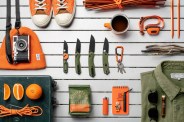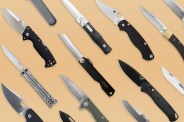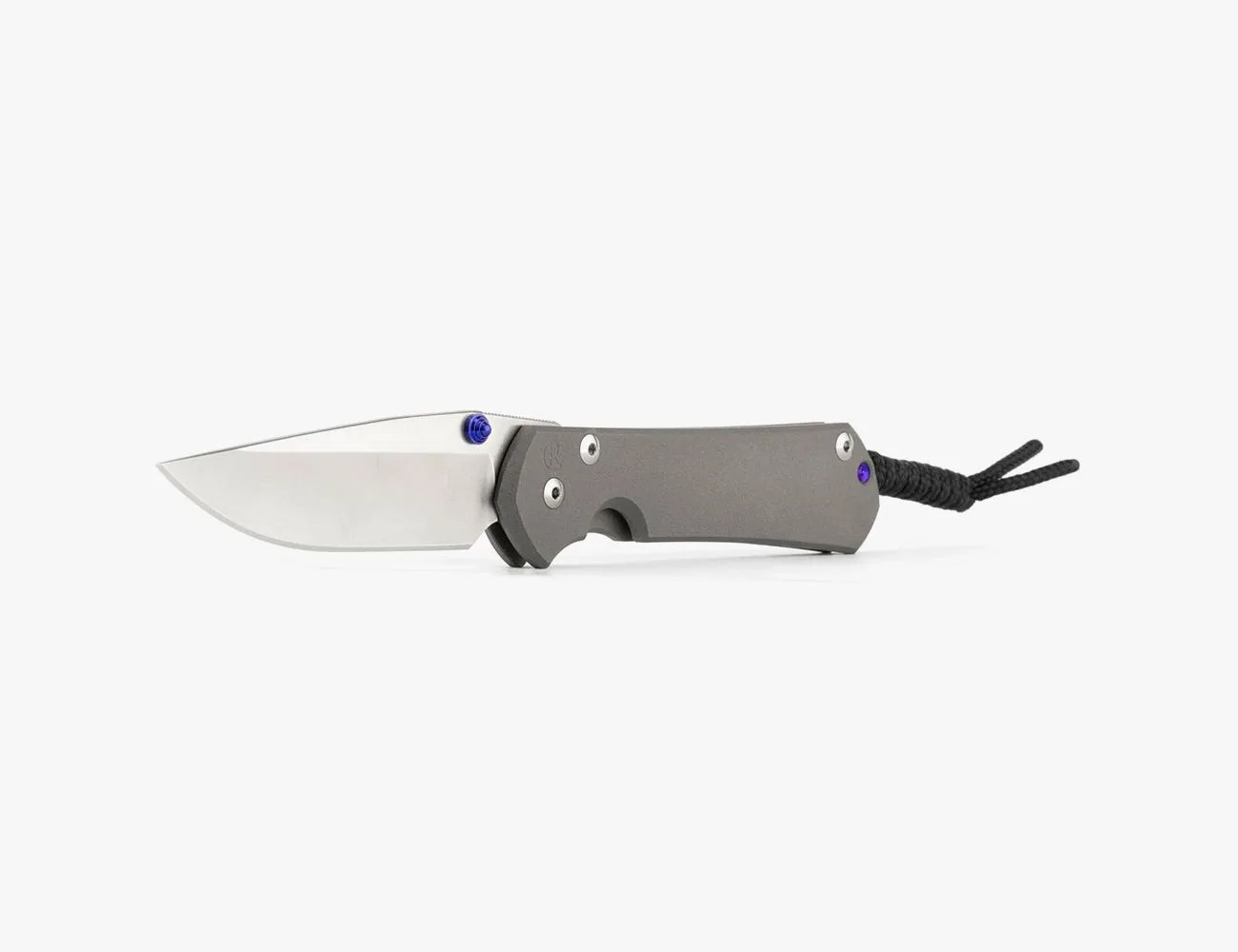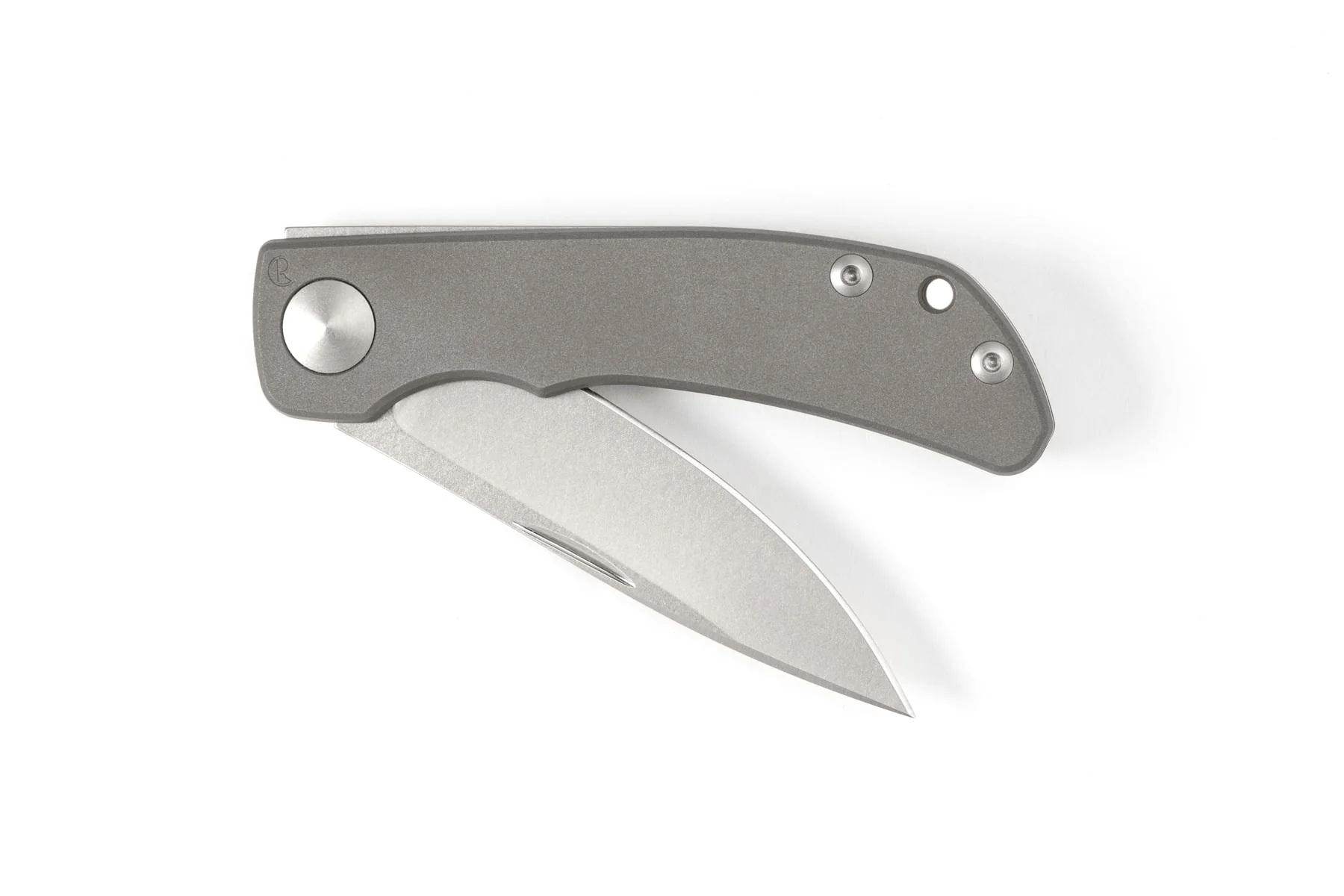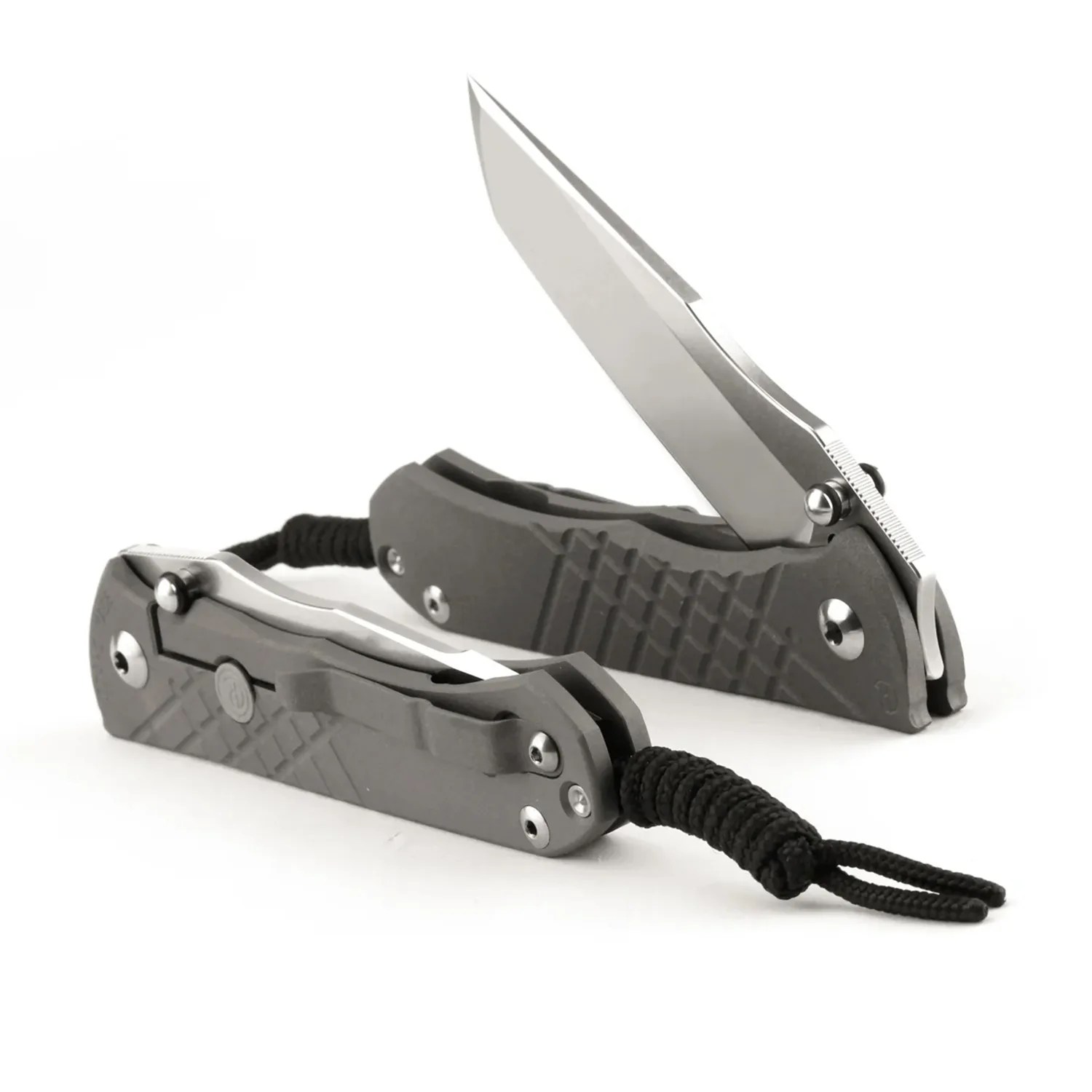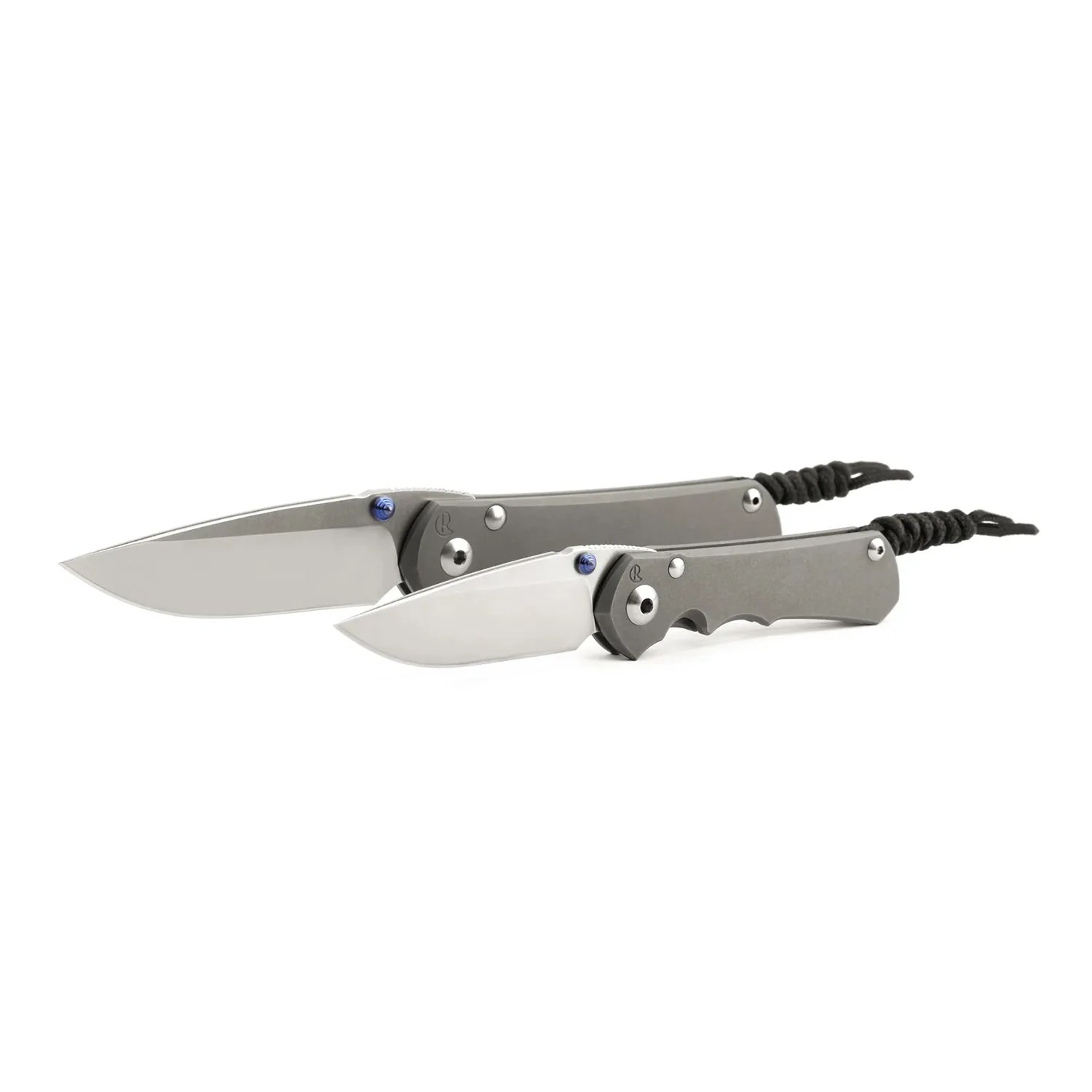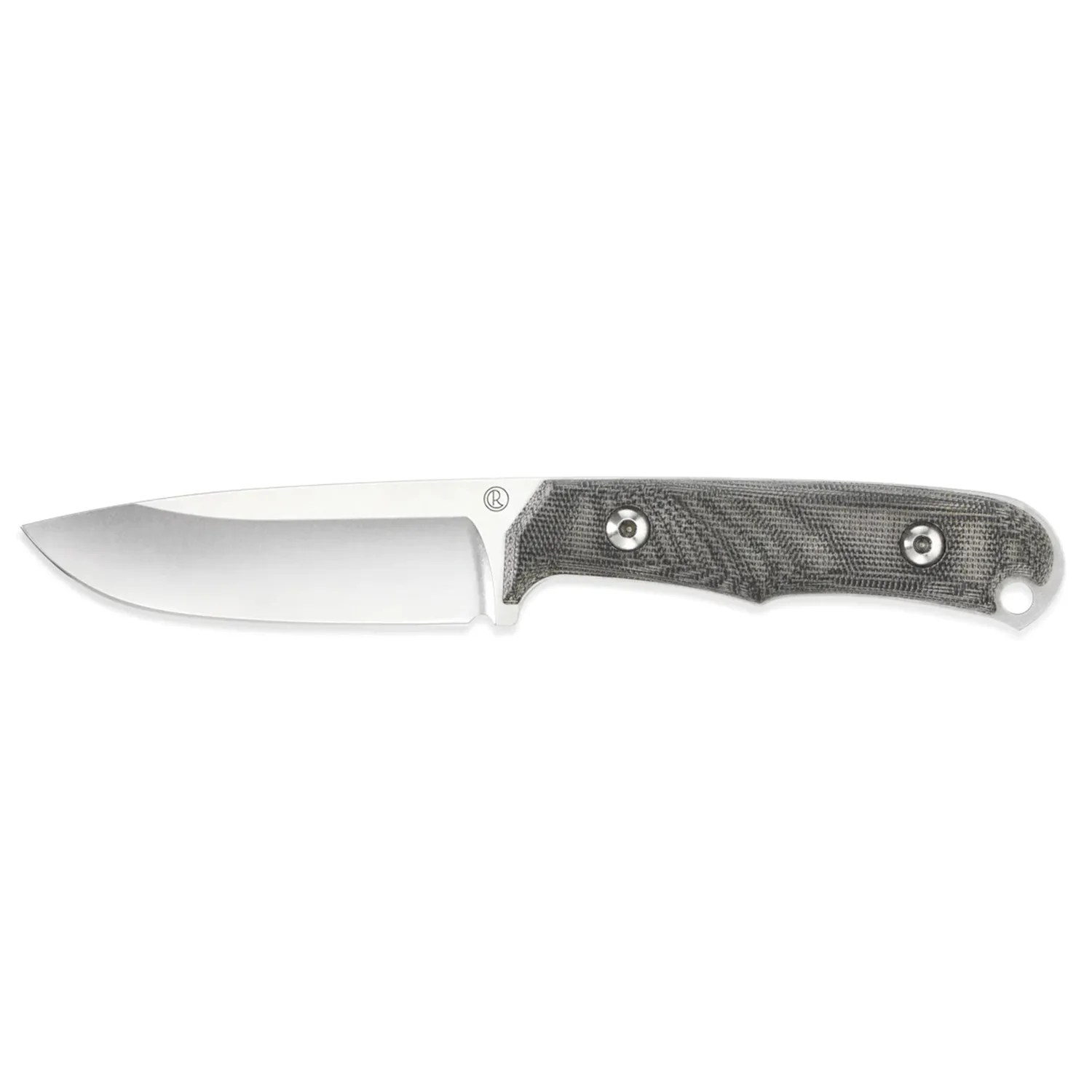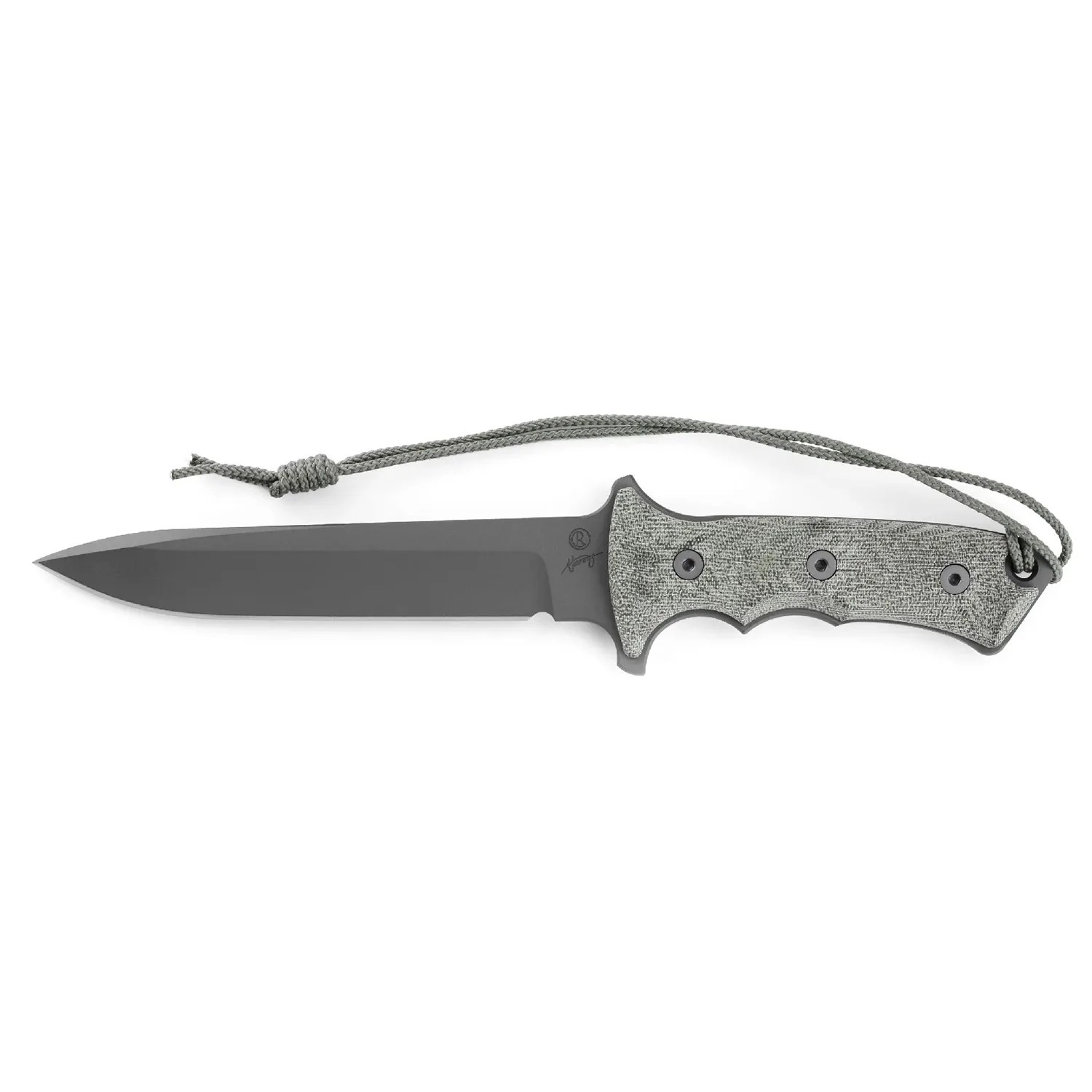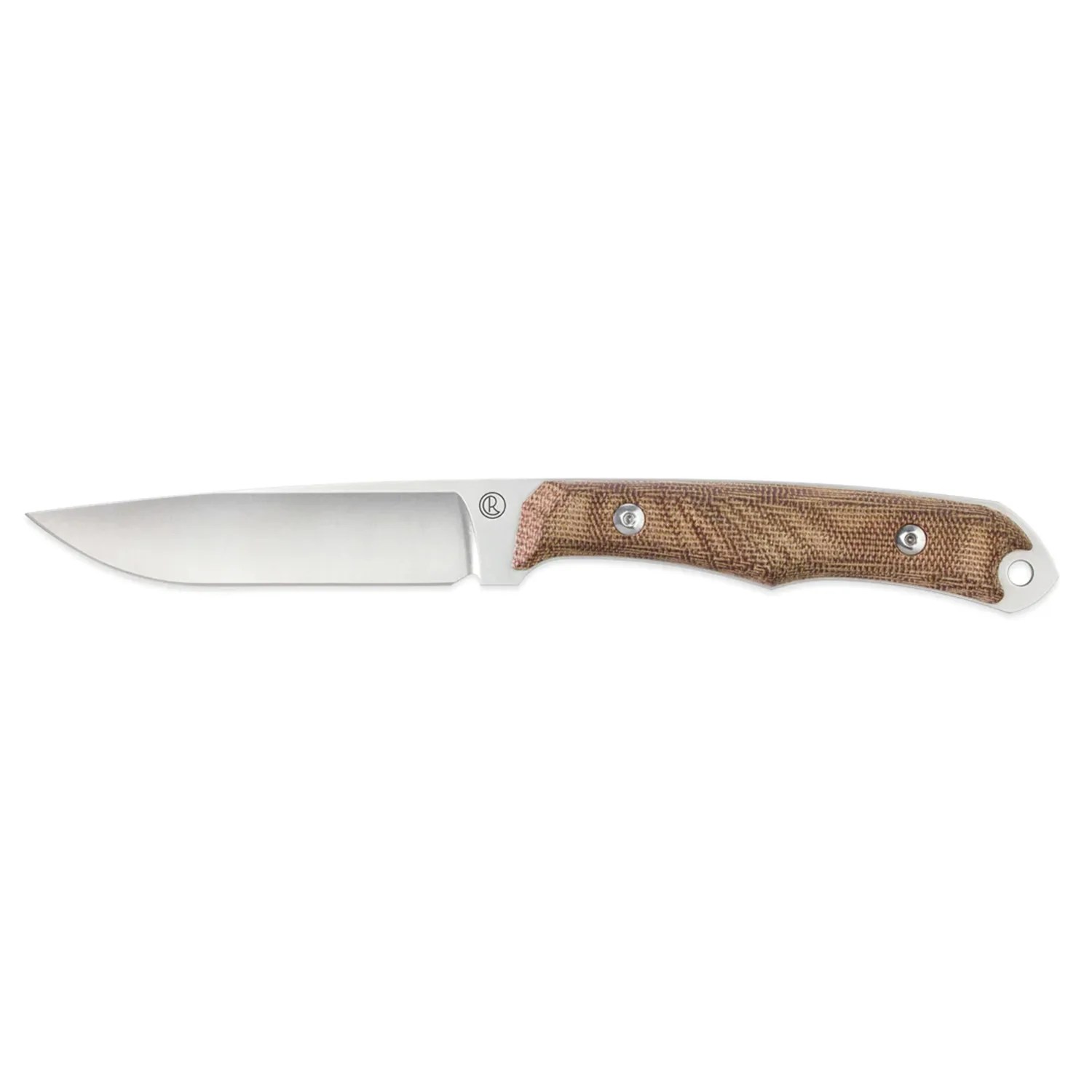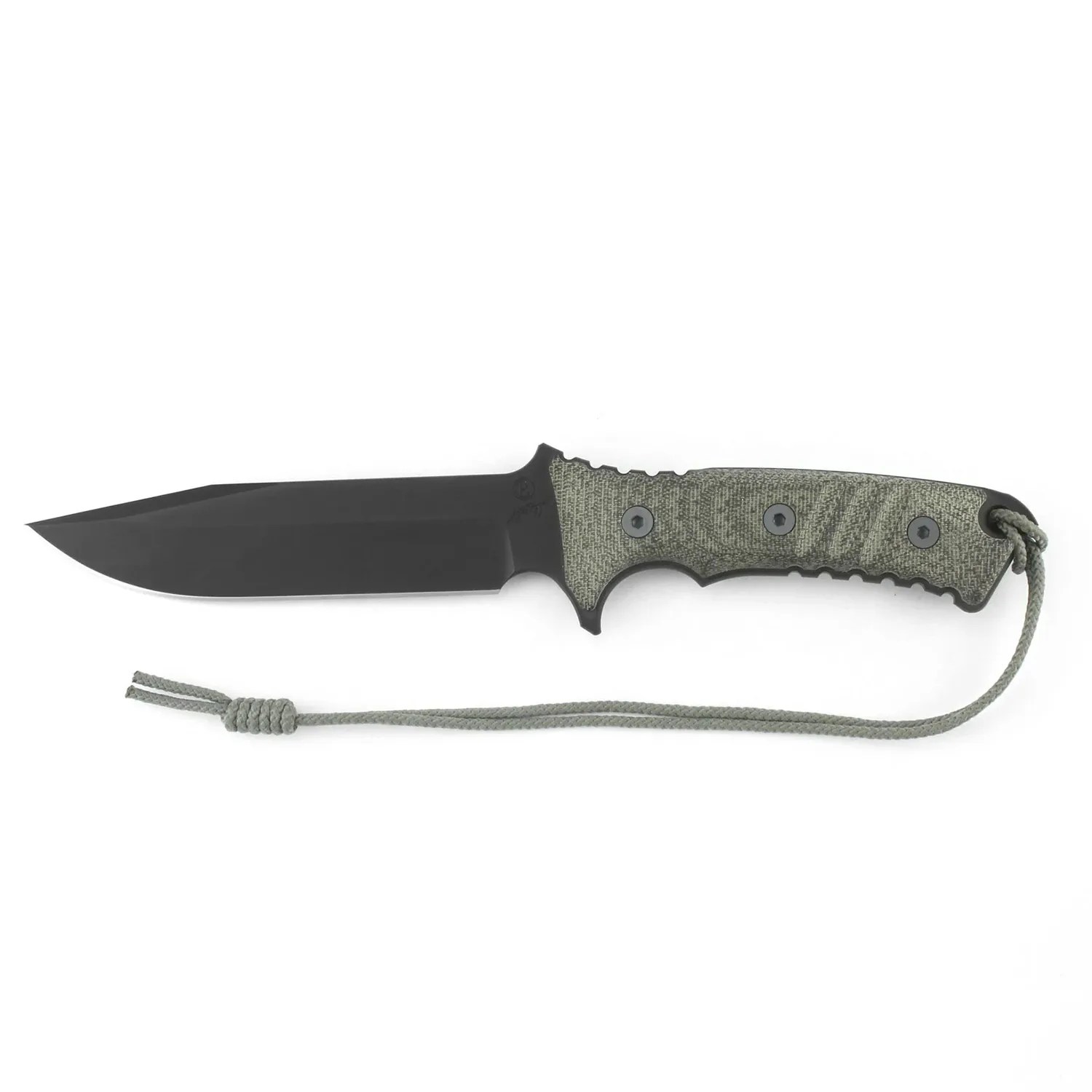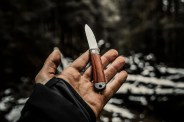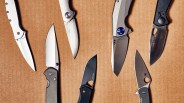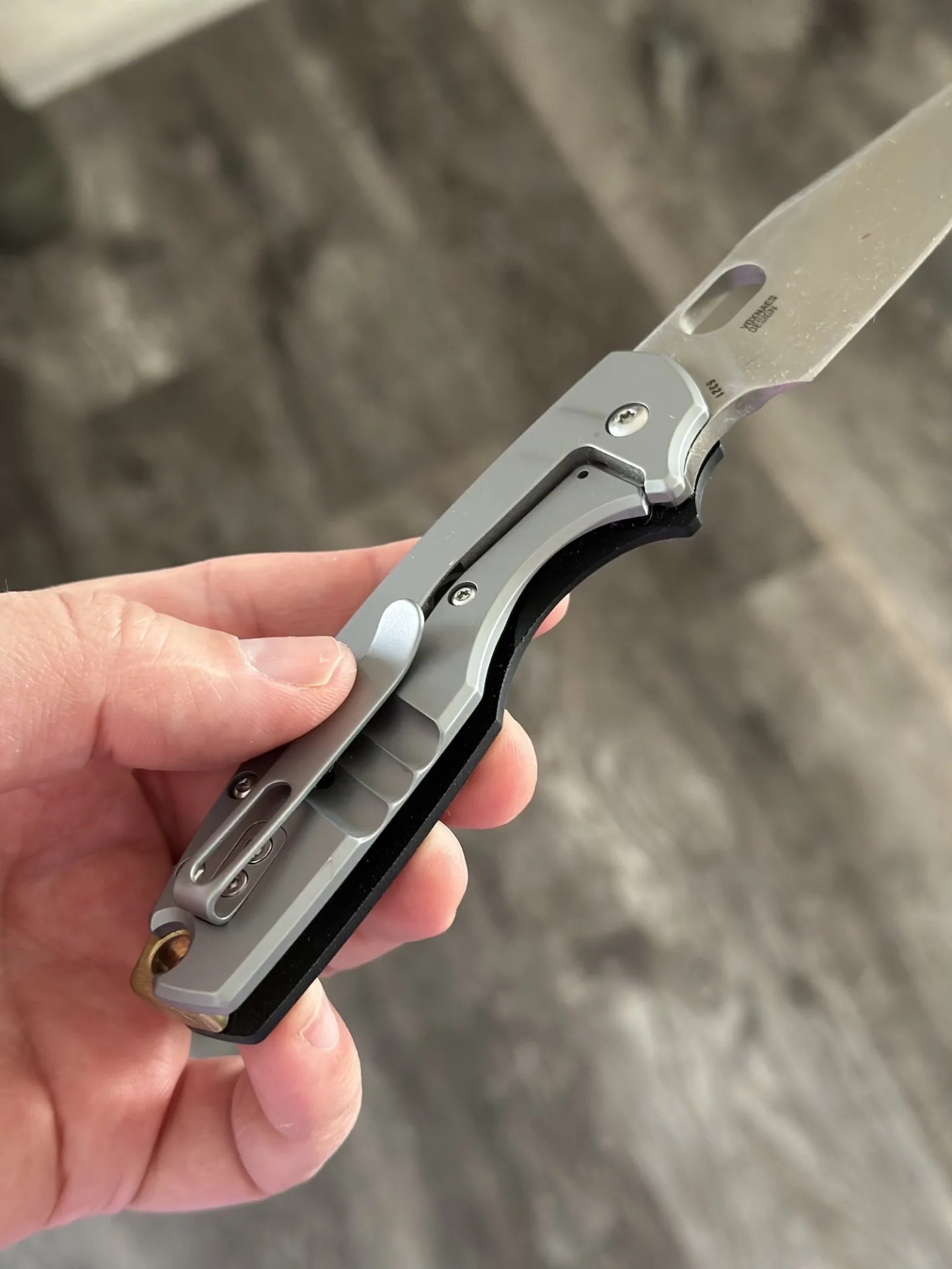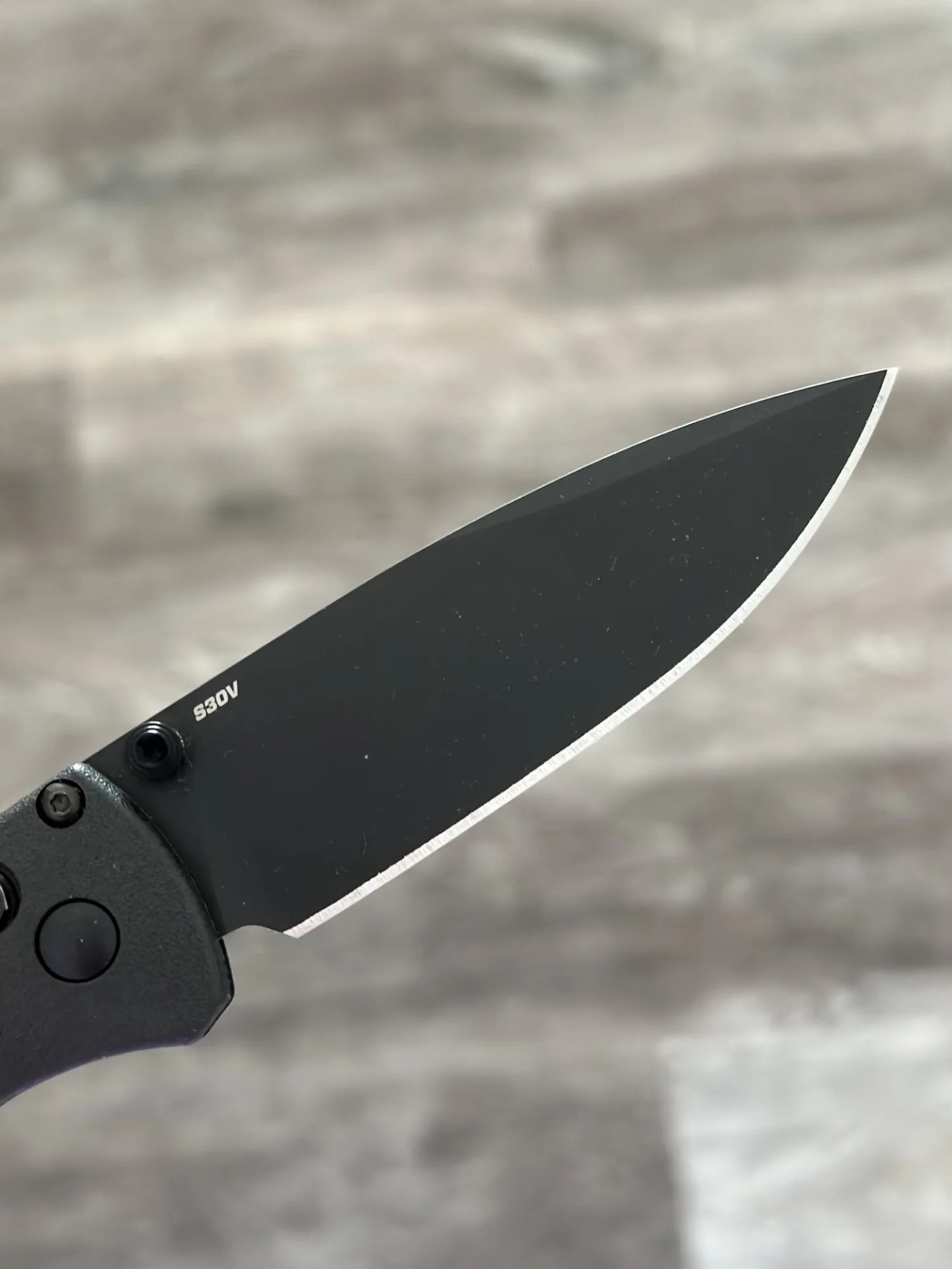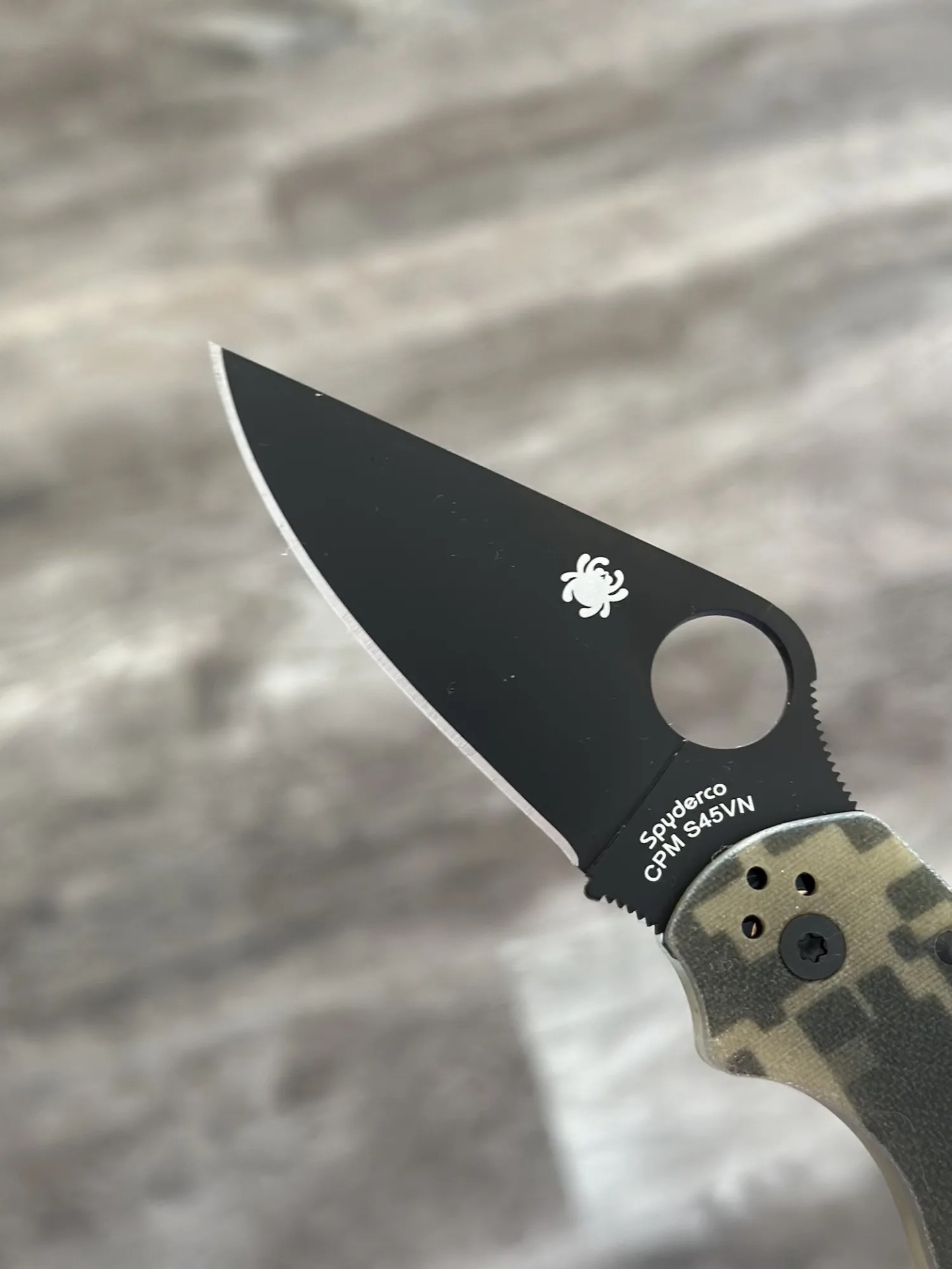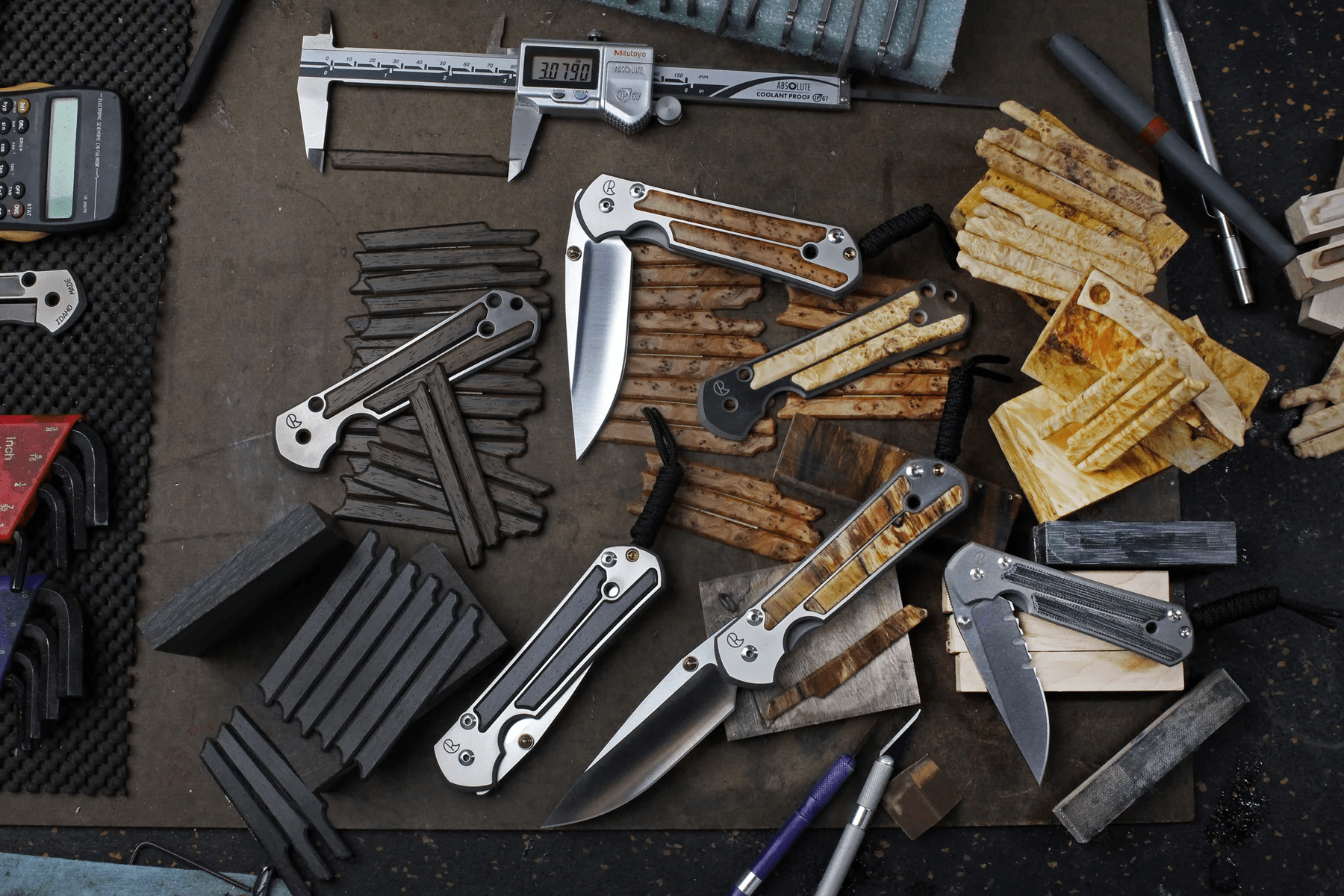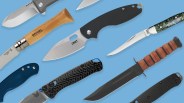Chris Reeve is one of the most impactful, historically significant knife designers operating today. And, while the knife and EDC worlds are relatively small when compared to other global industries — like entertainment or automotive — they’re surprisingly robust. For instance, Blade HQ, one of the foremost retailers of bladed tools, has almost 50,000 active listings (of which over 35,000 are in stock).
So for any one knife or maker to stand out is a pretty wild achievement. Hopefully, that puts into perspective what a significant impact Chris Reeve has had on the industry at large.
We’ve gone to great lengths to outline everything you need to know about the designer and his brand — from the current catalog of offerings to Chris Reeve’s innovative contributions to the EDC and knife industries and even a bit of history of Reeve and his brand. You might even find your next favorite EDC knife.
Products in the Guide
-
Chris Reeve Knives Sebenza 31
Read more -
Chris Reeve Knives Impinda
Read more -
Chris Reeve Knives Umnumzaan
Read more -
Chris Reeve Knives Inkosi
Read more -
Chris Reeve Knives Mnandi
Read more -
Chris Reeve Knives Backpacker
Read more -
Chris Reeve Knives Green Beret
Read more -
Chris Reeve Knives Inyoni
Read more -
Chris Reeve Knives Pacific
Read more
Folding Knives
While not the whole of CRK’s business, folding knives are definitely what the brand is known for (especially the mother of all high-end pocket knives, the Sebenza). Here are all of the current models Chris Reeve Knives has on offer.
CRK Sebenza 31


